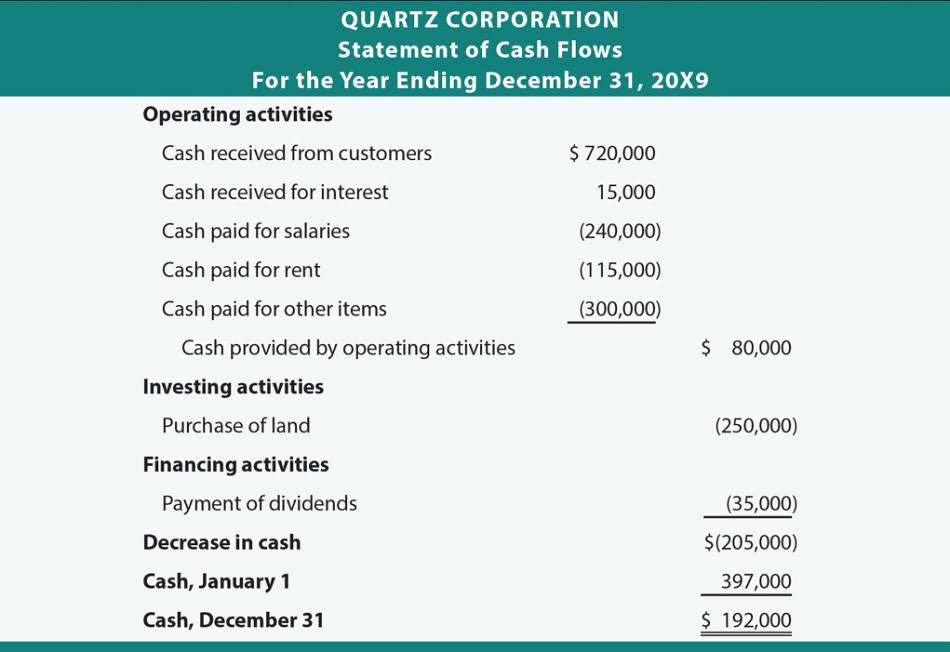Content

The contract includes 10 barrels of oil, at $100 per barrel, with a maturity of 6 months. At the end of the next trading day, the price of oil is $105 per barrel. The trader in the long position collects $50 ($5 per barrel) from the trader in the short position. Companies can write off past accumulated losses as an adjustment to retained earnings in the year of the change, putting bad news behind them. Mark to market is an accounting standard regulated by the Financial Accounting Standards Board .

Second, Enron would record the total expected lifetime value of any given contract or project on its Balance Sheet rather than its value in that particular quarter. These practices had the effect of making Enron appear much more valuable than it, in fact, actually was. In the end, the Enron affair actually had a positive side effect of improving mark-to-market accounting through the development of rules for increasing the transparency of how long-term contracts and other durable assets were valued.
Did mark-to-market accounting cause the financial crisis?
Technically, FAS 115 became effective with fiscal years beginning after December 15,1993; because most banks’ fiscal years coincide with the calendar year, January 1, 1994, was D-day for most. INVESTMENT BANKING RESOURCESLearn the foundation of Investment banking, financial modeling, valuations and more. As per this principle, accountants are expected to be cautious while recognizing gains. The previous year’s loss is written off from the first available gain, and if there is an excess gain over and above the loss, it is recorded in the books as Gain on Securities. Conversely, the same account will be adjusted for the long position trader with the inverse results. Investors and corporate executives don’t agree on how to value distressed assets.
Treasury Releases Guidance on 15% Corporate Minimum Tax, 1 … – Debevoise & Plimpton LLP
Treasury Releases Guidance on 15% Corporate Minimum Tax, 1 ….
Posted: Tue, 03 Jan 2023 08:00:00 GMT [source]
In addition to recording a debit to its accounts receivables, the company would also need to record credit to its sales revenue account. It must be based on an estimate of the number of customers likely to accept a discount. Other major industries such as retailers and manufacturers have most of their value in long-term assets, known as property, plant, and equipment , as well as assets like inventory and accounts receivable. All of these are recorded at historic cost and then impaired as circumstances indicate.
Is Mark-to-Market Accounting Really Transparent?
Now, these mark-to-market assets might not have been the only place of fraud for Enron. It turned out, in hindsight, mark to market accounting that the company was able to hide bad assets off-balance sheet through special financial vehicles.
The publication of two EPS numbers each quarter along these lines was recommended in 2008 by the SEC’s Advisory Committee on Improvements to Financial Reporting . Stripping out a company’s cash flow from its income statement is the type of exercise undertaken by many securities analysts to better understand a company’s financial situation. Could the interests of bankers and investors be reconciled with regard to the bank’s income statement? Yes, if the bank published two versions of its earnings per share each quarter—one calculated with fair value accounting and the other without. Suppose the bank reported EPS of 54 cents for the quarter, comprising net operating income of 62 cents per share and a loss of 8 cents per share due to unrealized losses in the market value of its bond portfolio. The bank would also publish a second EPS of 62 cents per share, with an explanation that this second EPS excluded those unrealized losses. Once we get beyond the mythmaking and arm waving, it becomes clear that historical cost and fair value accounting are much closer to each other than people think.
What Are Mark to Market Losses?
These include white papers, government data, original reporting, and interviews with industry experts. We also reference original research from other reputable publishers where appropriate. You can learn more about the standards we follow in producing accurate, unbiased content in oureditorial policy. Mutual funds are also marked to market on a daily basis at the market close so that investors have a better idea of the fund’s net asset value . The idea behind mark-to-market valuation is simple enough – that the value of an asset that is traded in the market can change depending on market conditions. The value of the asset on any Balance Sheet should thus change along with market conditions. There is an old saying among economists that the value of something is what someone will pay for it.

However, the mark to market method may not always present the most accurate figure of the true value of an asset, especially during periods when the market is characterized by high volatility. The mark to market method can also be used in financial markets in order to show the current https://www.bookstime.com/ and fair market value of investments such as futures and mutual funds. If at the end of the day, the futures contract entered into goes down in value, the long margin account will be decreased and the short margin account increased to reflect the change in the value of the derivative.
Is mark-to-market accounting still used?
According to the IASB, the actual operation of a firm’s business model, rather than management’s intention to trade or hold to maturity, determines whether a financial instrument meets this test. Consider a situation wherein a farmer takes a short position in 10 rice futures contracts. It is done in order to hedge against the trend of falling commodity prices in the current markets. When compared to historical cost accounting, mark to market can present a more accurate representation of the value of the assets held by that company or institution. Debt and equity securities that are bought and held principally for the purpose of selling them in the near term are classified as “trading” securities and reported at fair value, with unrealized gains and losses included in earnings. But these particular instruments added ambiguity to the company’s financial statements, which is troubling in this case because of just how high of a percentage those assets and liabilities ended up being on the balance sheet. Mark to market accounting is a method of accounting in which accounts whose value may change over time, which includes certain assets or liabilities, are valued based on their current price.
- Marking-to-market virtually eliminates credit risk, but it requires the use of monitoring systems that usually only large institutions can afford.
- Under partial MVA, measured capital is likely to be volatile as the value of assets fluctuates while the value of liabilities stays constant.
- Accounting and capital requirements could be unlinked in other areas, too, as long as banks fully disclosed the different methodologies.
- That said, mark-to-market accounting might lead to an inaccurate presentation of the assets’ value, especially in times of high volatility.
Hopefully you can prepare yourself against the next accounting disaster by simply being a good investigator and looking for clues in the financials that look out of place. Notice how the company specifically says that they use the mark-to-market method to account for their instruments described above.
How Does Mark To Market Accounting Work?
The amount you paid is a historical cost, while the replacement cost will depend on the current conditions of the market. For instance, the replacement cost to build your home from scratch will be listed on a homeowner’s insurance, not the amount you originally paid for it. While every business and organization relies on assets, their value fluctuates over time, often subjected to market volatility, especially in the case of financial instruments. This is where mark-to-market accounting comes in to, well, account for those fluctuations and provide a more accurate picture of an organization’s financial situation. This gain would be recorded as other comprehensive income in the equity section on the balance sheet, and it would also increase the asset, marketable securities, by the amount of the gain. In the securities market, fair value accounting is used to represent the current market value of the security rather than its book value. This is done by recording the prices and trades in an account or portfolio.

In marking-to-market a derivatives account, at pre-determined periodic intervals, each counterparty exchanges the change in the market value of their account in cash. For Over-The-Counter derivatives, when one counterparty defaults, the sequence of events that follows is governed by an ISDA contract.